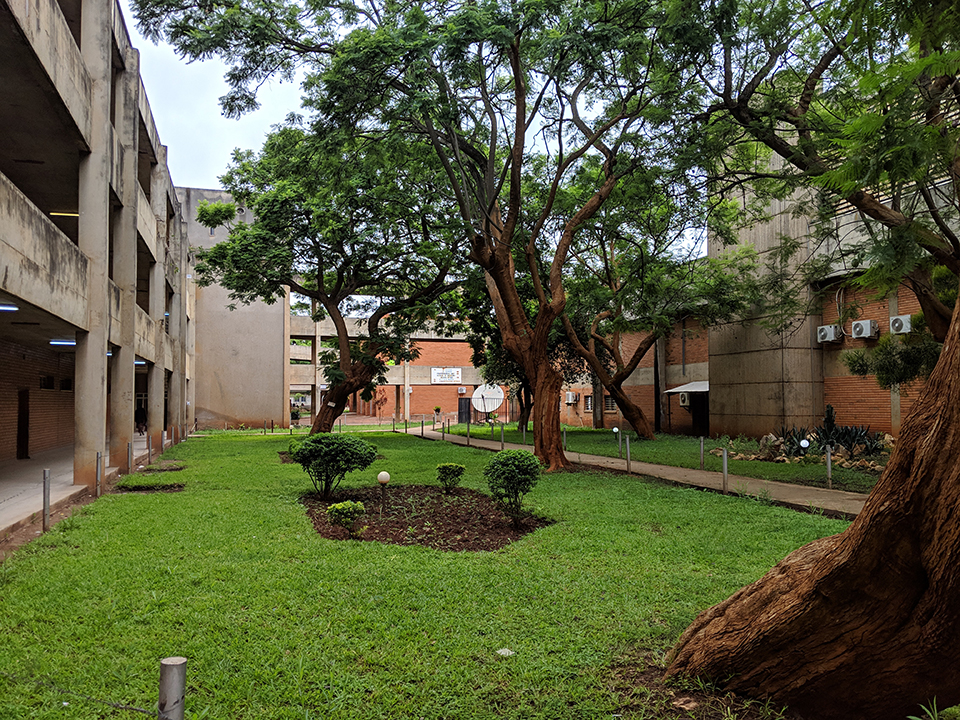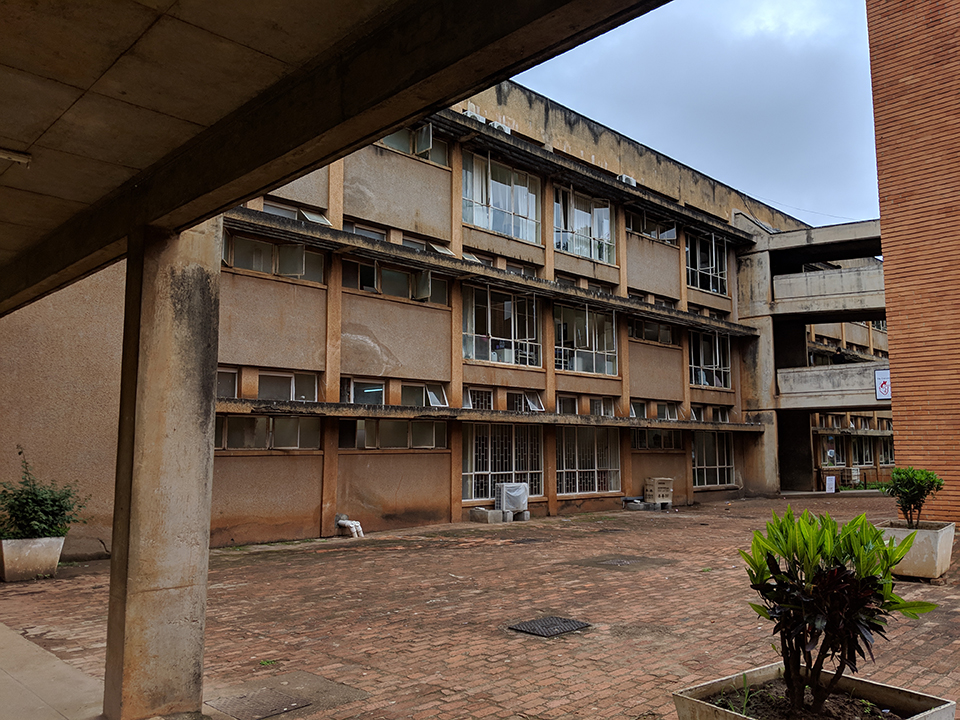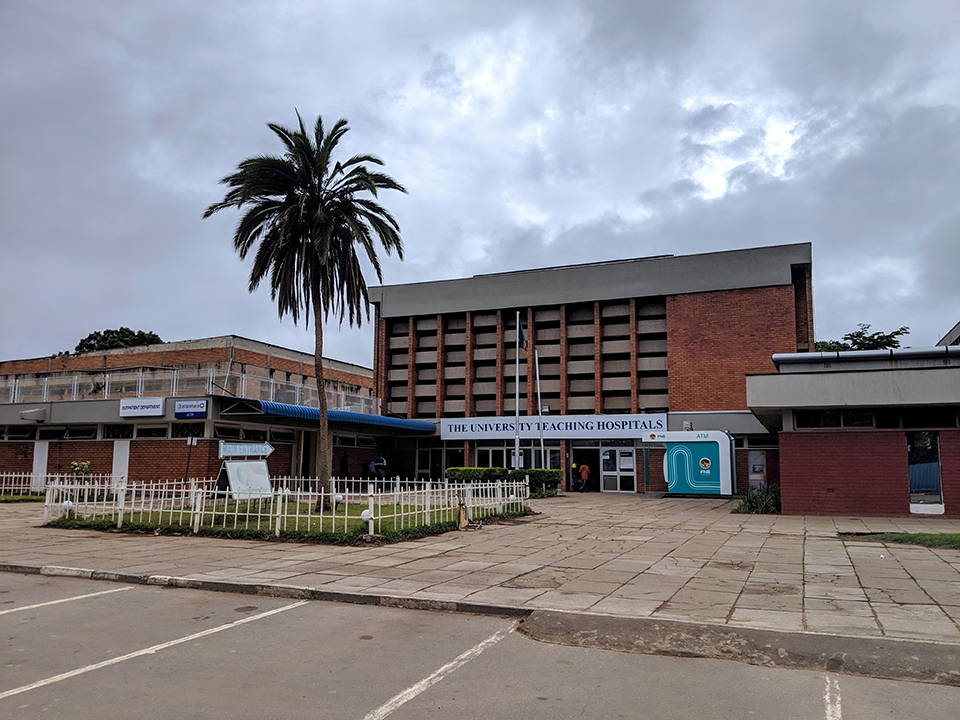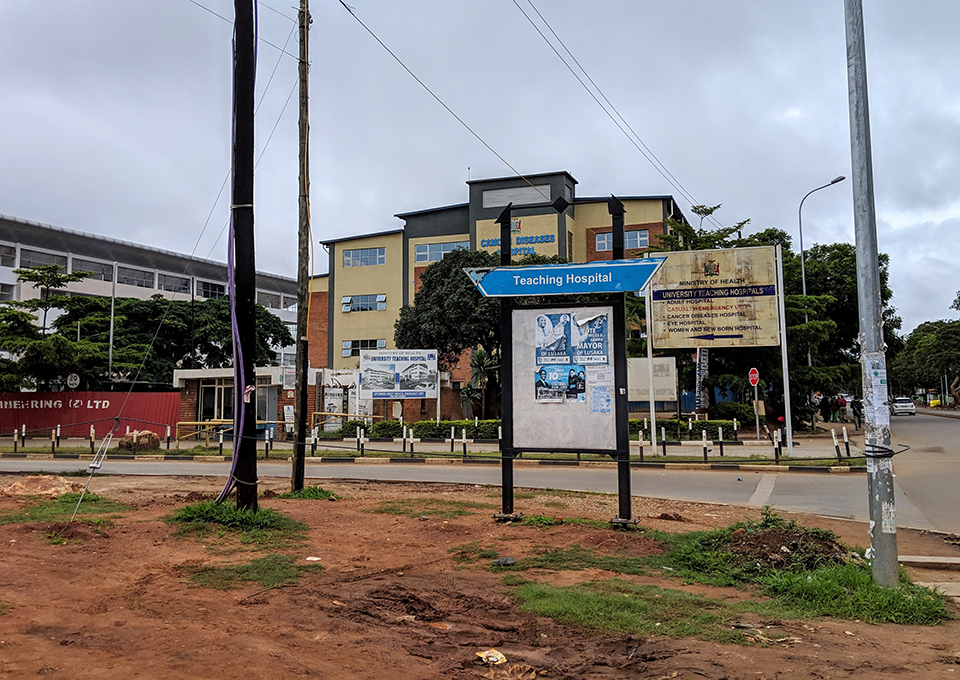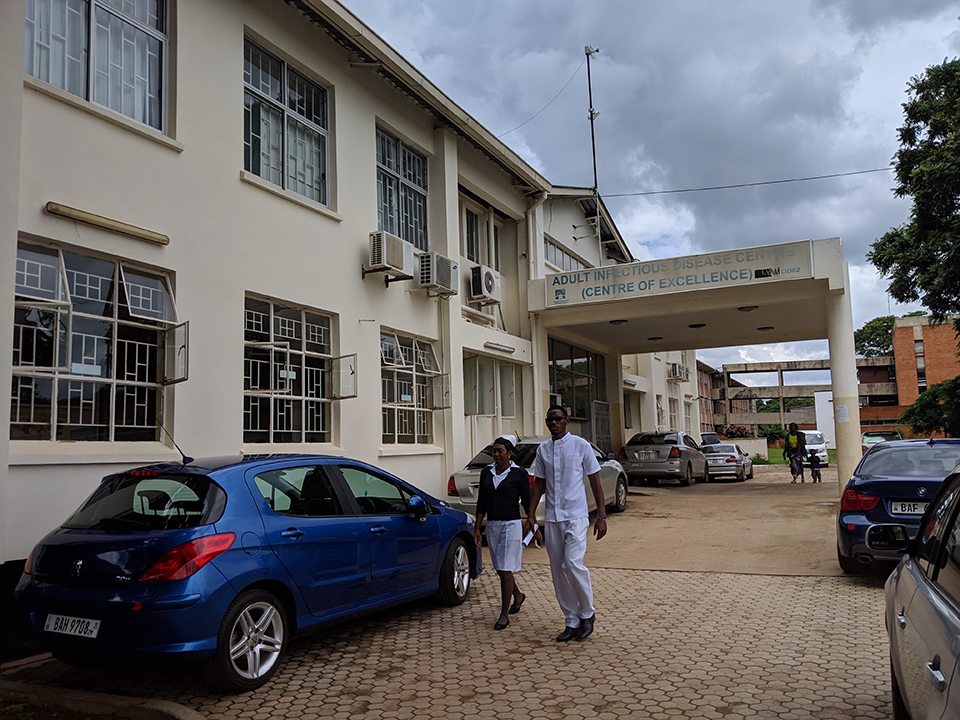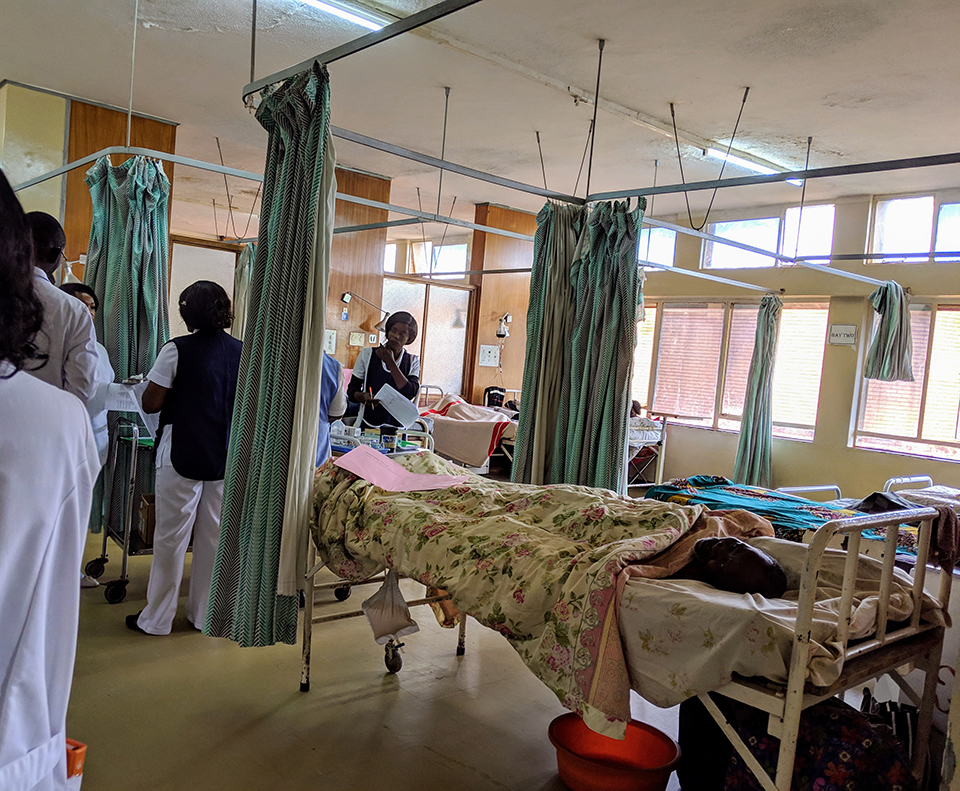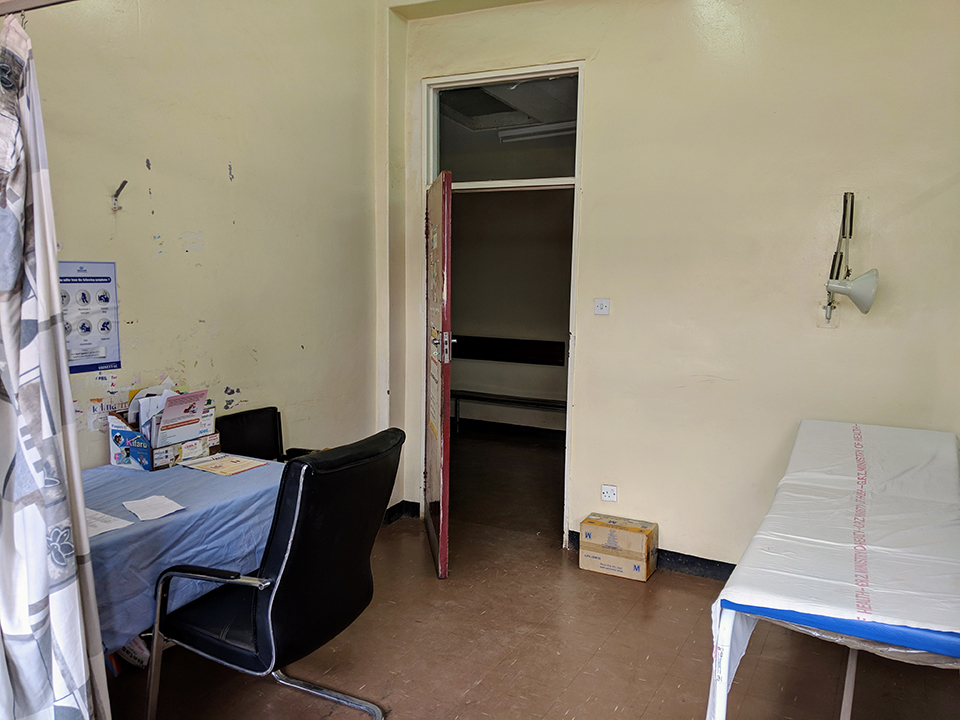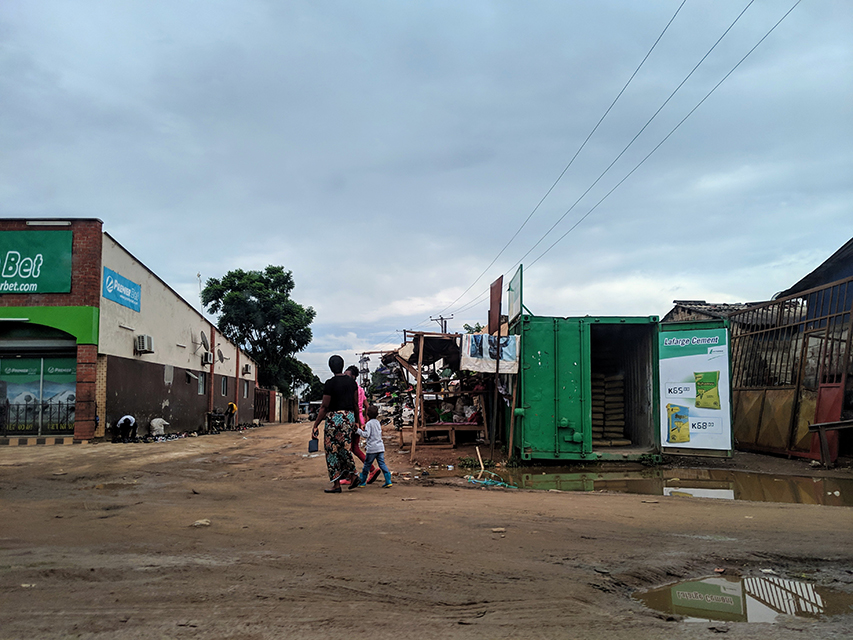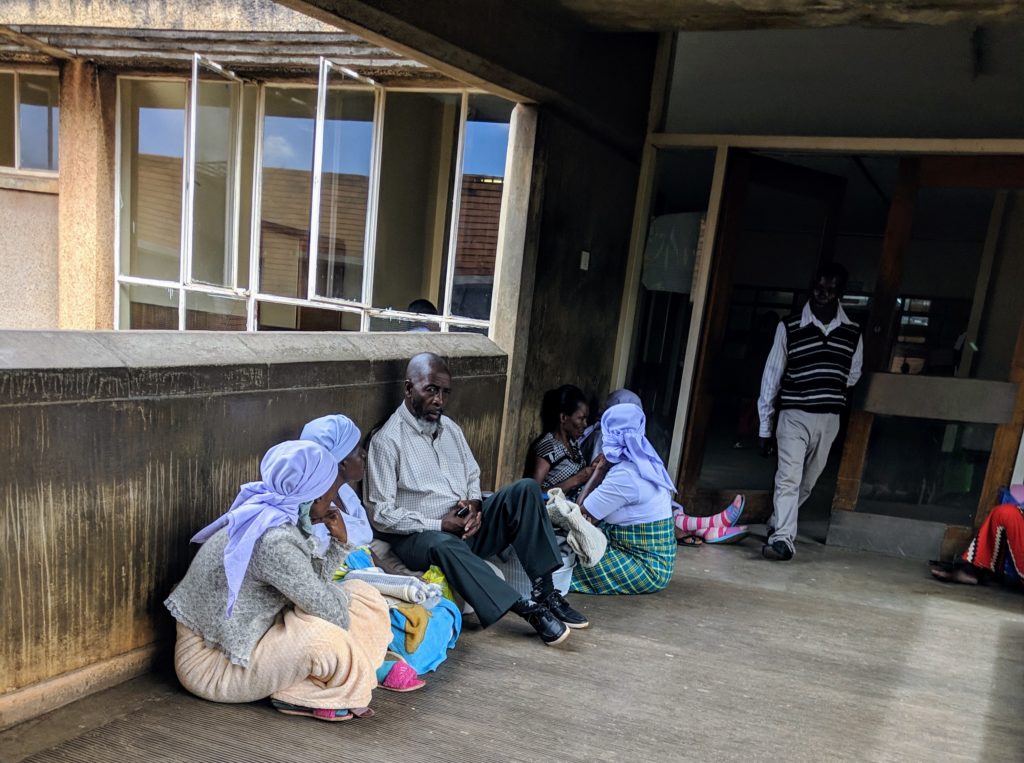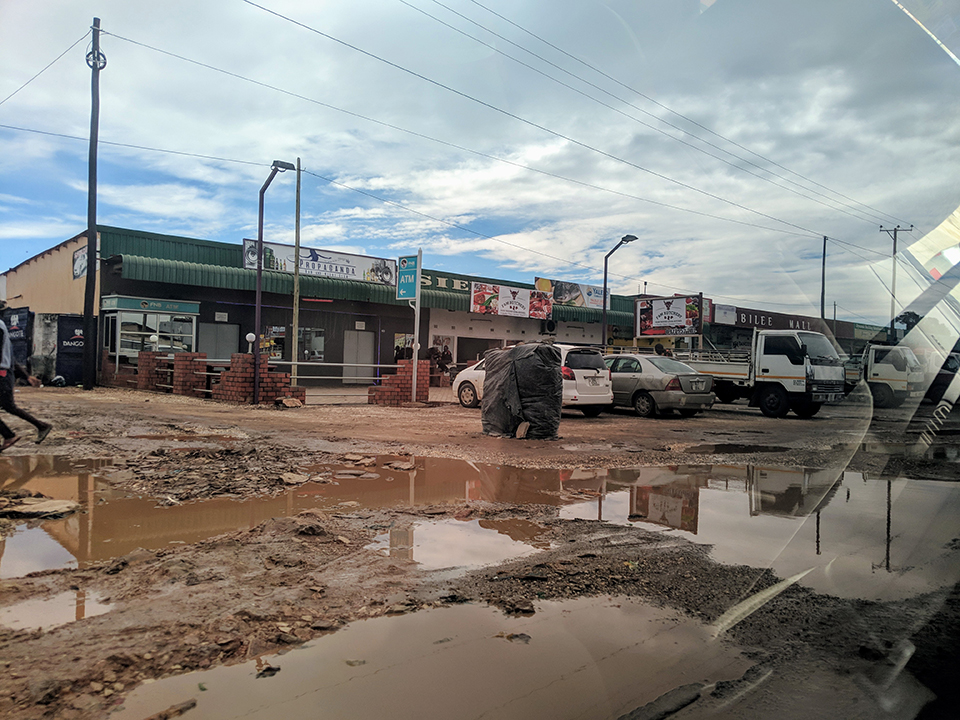Written by Payvand Milani, MD, PGY-3 at Kaiser Permanente Santa Clara Internal Medicine Residency Program while…
University Teaching Hospital – Hongyu Zhao, MD & Qing Meng Zhang, MD
Written by Hongyu Zhao, MD, PGY-2 and Qing Meng Zhang, MD, PGY-2 at Kaiser Permanente Santa Clara Internal Medicine Residency Program while on Global Health rotation at University Teaching Hospital in Lusaka, Zambia in January 2019
This was our first trip to Africa, and our first time doing global health. Needlessness to say, we were excited and looking forward to an enriching experience. After more than 20 hours of travel, we arrived at Lusaka International Airport at 3 a.m. on a Saturday. Instantly, greeted with a wave of tropical humidity and welcomed by a short wave of thunderstorm with an awe-strucking lightning show.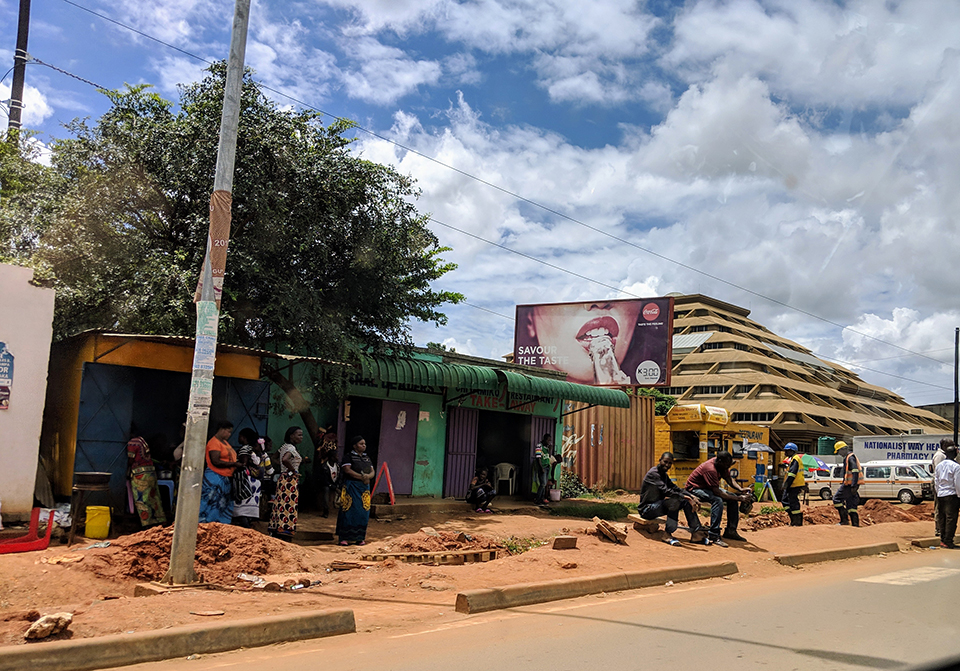
We both grew up in China and I spent a good amount of time in rural villages in China as children, but life in Lusaka was…
still an adjustment. We stayed at a guest house in a relatively wealthy neighborhood, the same as the CDC and USAID living quarters. The living condition was rudimentary by US standards, but definitely “upper middle class” by the country’s living standard. Still, we washed our clothes by hands, the gardener cut the grass by swinging a sickle, and rat infested the house. In the less developed neighborhoods in Lusaka, on the other hand, is a different story. There was no street lights at night, only lights in residential front porch illuminated in the darkness. People lived in close quarters in homes made of bricks and sometimes mud, and did not shop at shopping malls that had Nando’s Chicken, but at the street stands. Zambian people were very polite, always starting a conversation with “Hello, how are you?” They seemed to be complacent with their lives. Maybe partially because of the rudimentary infrastructure and limited access to resources, they lived at a much slower pace than the Western Countries. Perhaps this is one reason that despite the country’s rich copper resources, Zambia remains one of the poorest countries in Africa.
After settling in the Zambian life, we were placed on the renal wards team and infectious disease wards team. First day, I already saw patients with disseminated TB to every organ possible, trypanosomiasis, severe malaria causing multi-organ failure, kaposi sarcoma, and advanced HIV with cryptomeningitis. Half of the diseases I learned only in textbooks. On our 30-hour admission day, patients from miles and hours away came to UTH, the only tertiary referral public hospital in the country. Two patients presented with severe malaria, one already encephalopathic while the other exhibited kussmaul breathing as an evidence of his severe acidosis. The former was taken to ICU right away and started on Artemisinin, though prognosis is poor because of her 5% parasitemia. The latter was left in the ED overnight while his creatinine alarmingly climbed to 25 and ABG returned with pH of 6.8. Where is the ICU team? Where is the bicarb? What about dialysis? When inquired these questions to the residents on the team, they simply said “we don’t have bicarb”, “ICU team is busy, we called many times” and moved on to the next patient. This must happen so often that they became desensitized–I could only speculate. Standing at the foot of the bed, watching him fighting each breath, hopelessness had never been so profound. He was 22 years old.
Clinic days at the HIV Center of Excellence were filled with advanced HIV patients who failed first and second, sometimes third line antiretroviral therapies. The dim hallways were full of people waiting on benches to be seen by the senior residents (equivalent of PGY-2s and PGY-3s) and infectious disease post-graduates (University of Maryland started a 5-year ID residency program at UTH about 5 years ago). A gentleman was diagnosed with actinomyces in his left knee post-trauma, causing his left knee to be four times the size compared to the right knee, and he has been living with “sulfur granules” for the past 3 years. A young woman presented with permanent hearing loss and selective mutism as sequelae of bacterial meningitis, and then was told for the first time she had HIV.
Patients often brought their own medical records as there is no EMR, including image films, from previous hospitalizations or clinic visits. This meant that when a patient was admitted to the hospital or saw you in clinic, their history was extremely limited. Medications in the hospital often ran short. Linezolid and daptomycin were reserved for tuberculosis patients, one would really have to fight for a MDR patient with sepsis to receive these antibiotics. Blood transfusions often did not arrive on time and often ran short in supply as well. So when there were multiple patients in the hospital need blood, physicians had to prioritize. What a daunting task to do and live with.
In summary, these three weeks were definitely life changing and will be one of the most memorable times in our lives. We returned home with an incredible amount of gratitude and renewed perspectives.
